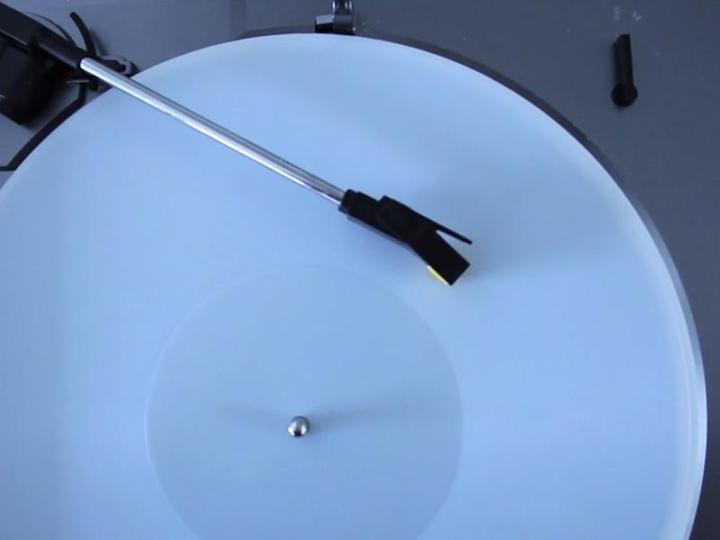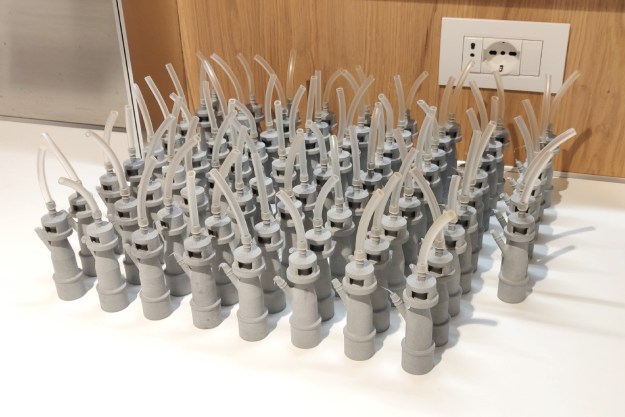
We’ve seen nascent 3D printing technology produce all kinds of products: sunglasses, figurines and even pizzas. You can now add physical music releases to the list, as Bloc Party lead singer Kele Okereke has announced plans to bring out a 3D printed record in time for Christmas.
It’s all possible thanks to the high-definition top-of-the-line 3D printers now entering the market. Instructables software engineer Amanda Ghassaei has used a Stratasys 3D printer at Autodesk’s Pier 9 makerspace to create Nirvana and Pixies tracks, as GigaOm reports. After posting details of her work online, Ghassaei has attracted international attention, and Okereke’s charity single will be the first official full-length track to use the technology.
Ghassaei has also been experimenting with using laser cutters to duplicate the same 3D printed records in wood, vinyl and even paper. She says the process is simple enough for anyone to follow, though you’re going to need access to a top-of-the-range 3D printer. As a result, it’ll be some time before people can print their own records at home.
The process creates wider, deeper grooves than traditional vinyl records, which means the technology is only capable of producing mono tracks for the time being. Still, it’s early stages, and the capabilities of 3D printers will only improve in the years ahead.
Okereke’s Down Boy, recorded with singer Bobbie Gordon, will be sold in London as a one-off across the weekend of December 13-14. Proceeds from the sale are going to British music therapy charity Nordoff Robbins, and the record will be sold with a choice of four designer sleeves.
Editors' Recommendations
- 3DMakerpro’s Seal is a pocket-sized scanner to make next-gen precision 3D prints
- Need a last-minute Halloween costume? Check out these 3D-printable getups
- The best 3D printers under $500
- Inside the quest to 3D print a perfectly palatable steak
- Father’s Day Gift Idea: These cheap 3D printers are on sale for less than $300


